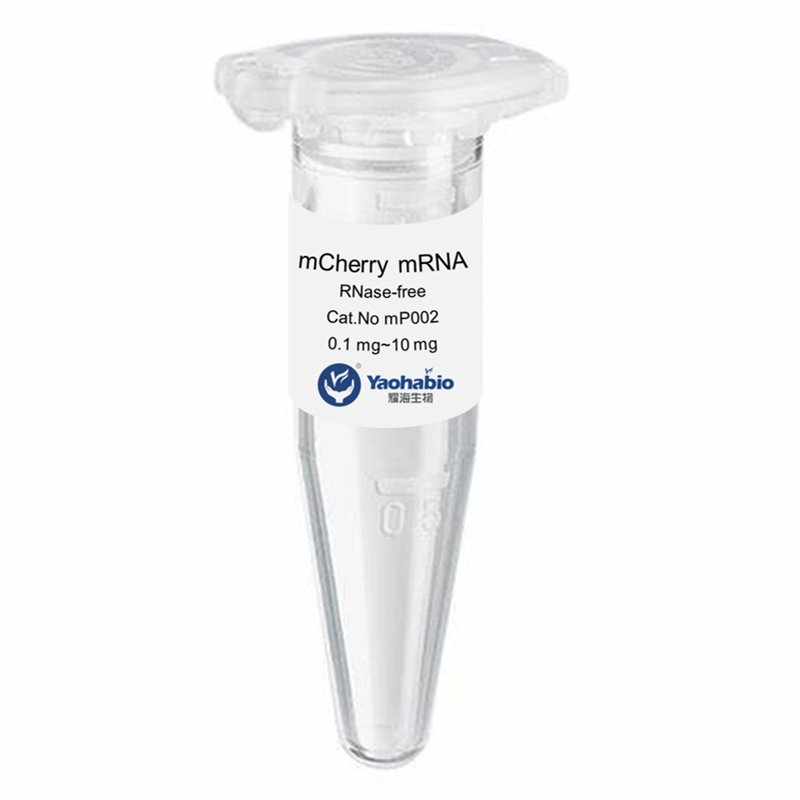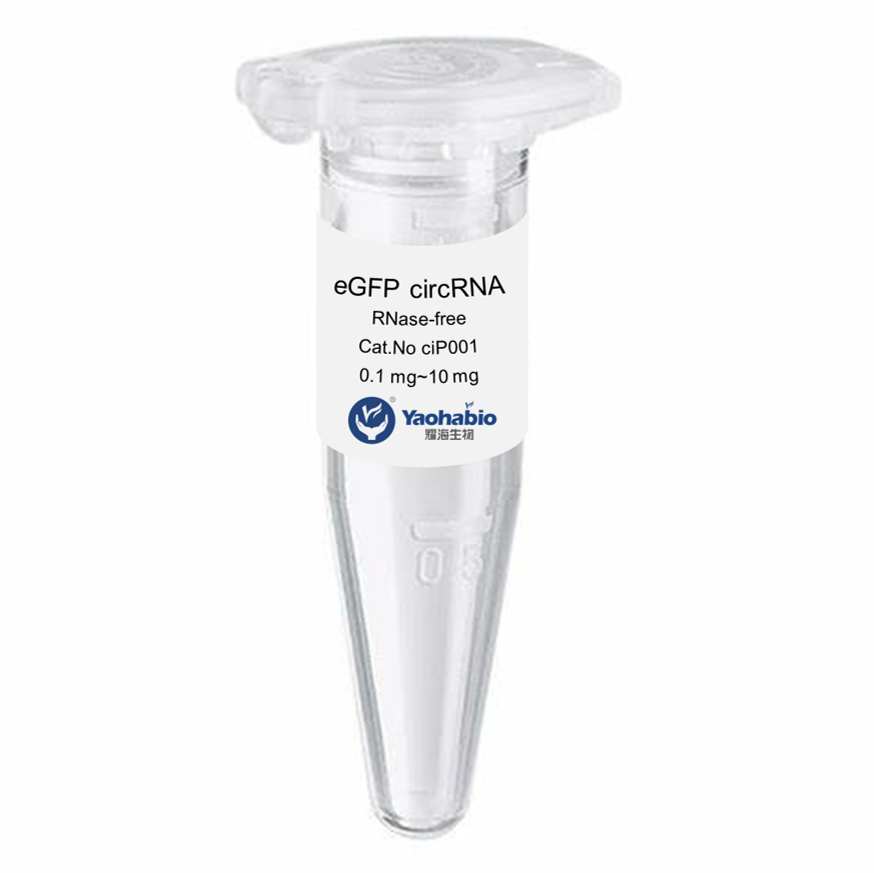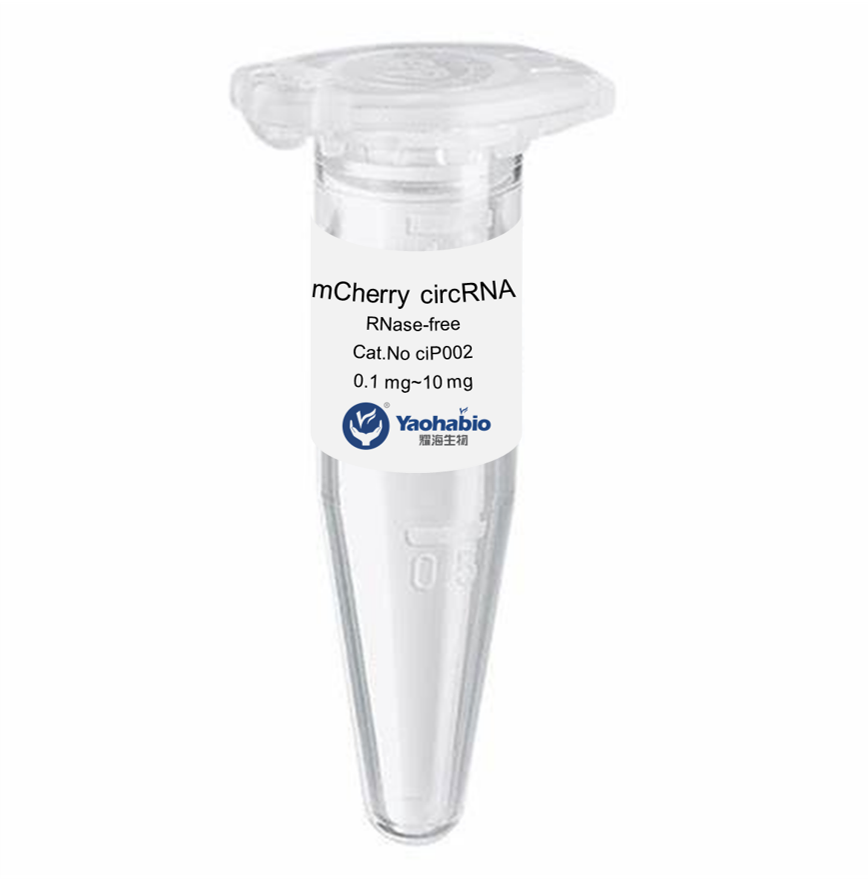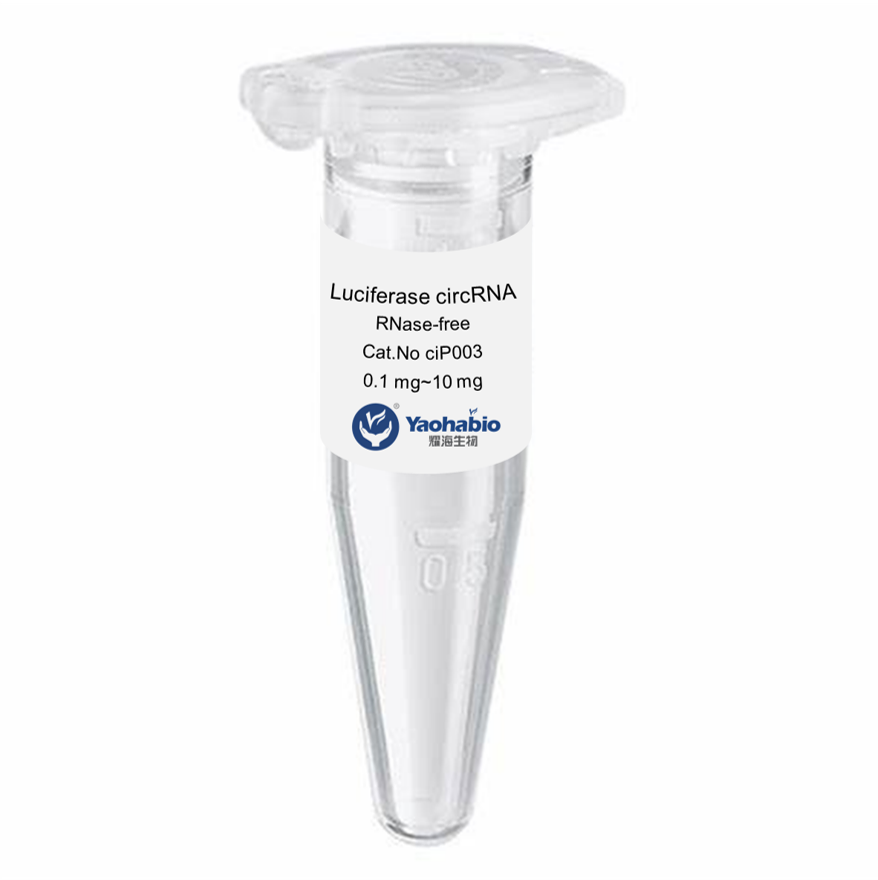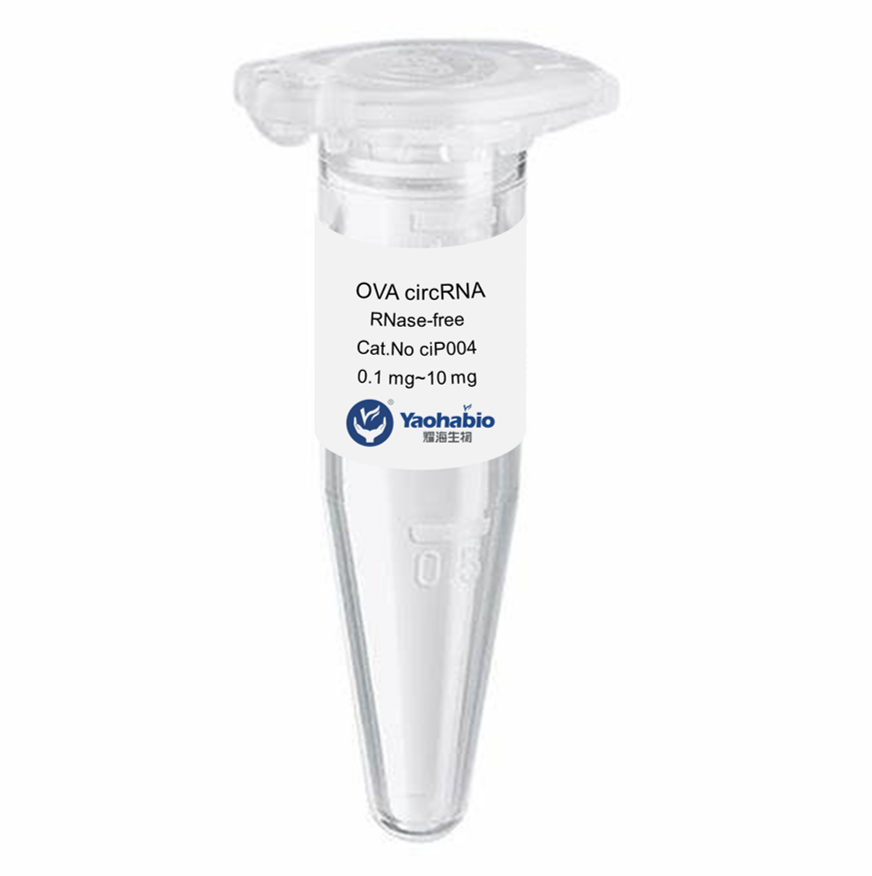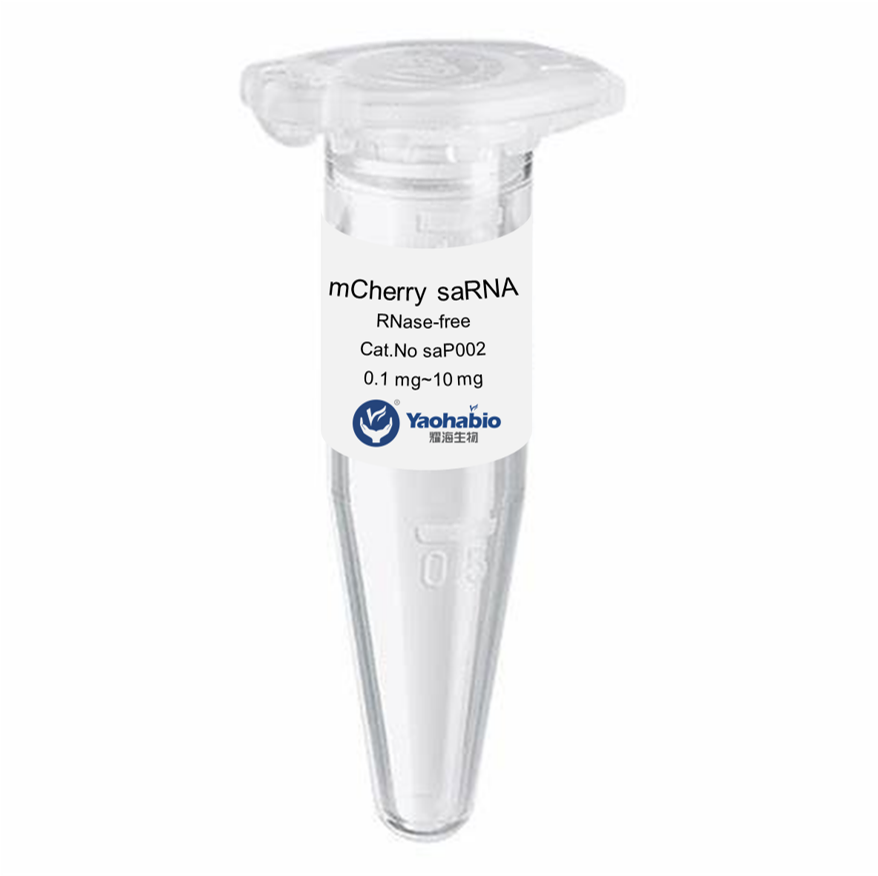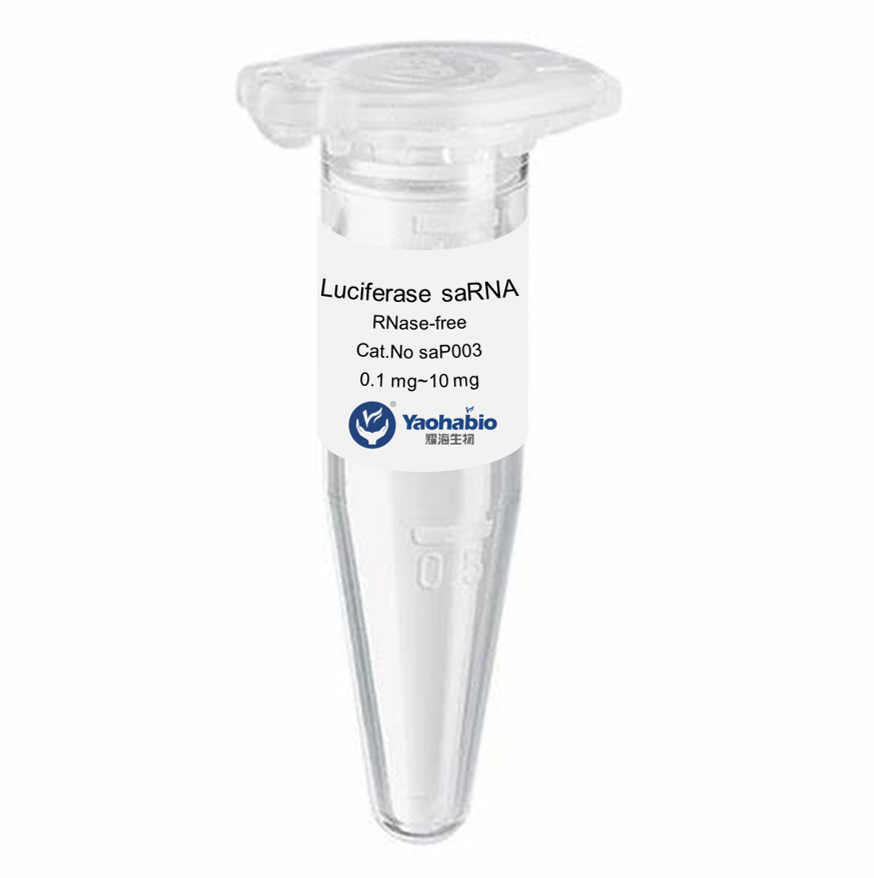RNA, like DNA, is composed of nucleotides that serve as the basic components of genetic material. These nucleotides consist of a sugar molecule, phosphate group, and one of four nitrogenous bases: adenine (A), cytosine (C), guanine (G), and uracil (U). Of course, although structurally related to DNA, RNA is quite different in function. The different sizes of RNA molecules depend on the size of their base sequences, the gene that they represent, and their functions within the cell. Scientifically, such a distinction makes long and short strands of RNA identifiable with each other, which determines synthesis as well as use.
Among all nucleotides, only one known as adenine or A plays a vital role in processing and maturing RNA molecules. While the RNA is being formed, a large number of these RNA strands are modified on their 3' end using a series of adenine nucleotides. Because of the chain of adenines, this is called a poly-A tail. The length of the tail may be quite variable, but again will depend on RNA type, cell type and the biological context specific to that particular cell. The poly-A tail is involved in a number of different activities, ranging from protection from degradation to export out of the nucleus to the cytoplasm and translation by ribosomes.
Scientists explore these length fluctuations in poly-A tail in order to understand stability, function, and regulation of RNAs. In those differences, one can gain knowledge of the "behaviors" of some RNAs in another cellular environment or condition. With this information, one might be able to achieve a better understanding of how RNA impacts gene expression and, more generally, in what ways the regulatory network might work in a cell.

 EN
EN
 AR
AR
 HR
HR
 CS
CS
 DA
DA
 NL
NL
 FI
FI
 FR
FR
 DE
DE
 EL
EL
 IT
IT
 JA
JA
 KO
KO
 NO
NO
 PL
PL
 PT
PT
 RO
RO
 RU
RU
 ES
ES
 SV
SV
 IW
IW
 ID
ID
 LV
LV
 LT
LT
 SR
SR
 SK
SK
 SL
SL
 UK
UK
 VI
VI
 ET
ET
 HU
HU
 TH
TH
 TR
TR
 FA
FA
 AF
AF
 MS
MS
 BE
BE
 MK
MK
 UR
UR
 BN
BN

